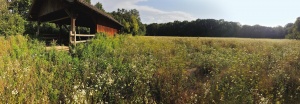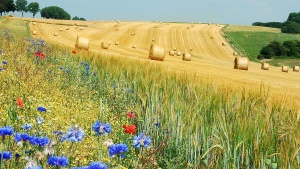A buffer strip is an area of land maintained in permanent vegetation that helps to control air, soil, and water quality, along with other environmental problems, dealing primarily on land that is used in agriculture. Buffer strips trap sediment, and enhance filtration of nutrients and pesticides by slowing down runoff that could enter the local surface waters. The root systems of the planted vegetation in these buffers hold soil particles together which alleviate the soil of wind erosion and stabilize stream banks providing protection against substantial erosion and landslides. Farmers can also use buffer strips to square up existing crop fields to provide safety for equipment while also farming more efficiently.
Buffer strips can have several different configurations of vegetation found on them varying from simply grass to combinations of grass, trees, and shrubs. Areas with diverse vegetation provide more protection from nutrient and pesticide flow and at the same time provide better biodiversity amongst plants and animals.
Many country, state, and local governments provide financial incentives for conservation programs such as buffer strips because they help stabilize the environment even when the land is being used. Buffer strips not only stabilize the land but can also provide a visual demonstration that land is under stewardship.
Wildlife habitat
Buffer strips are very important in helping to provide habitat for many species of wildlife in the open farm lands by causing an edge effect. With much of the land open on farms having an edge allows a safe-haven for animals to move between different ecosystems. Buffers are also helpful in conserving biodiversity especially to that of rare or endangered species through the incorporation of native grasses into their seeding by the landowner. Native grasses are especially important to pheasants, quail, chukar and songbirds because they provide the foods they need as well as the shelter from predators. Since most buffer strip areas have limited disturbance from farming it allows for a shelter to hide year round for many of the species including insects, birds, and mammals. When buffers run into and follow riparian areas along stream beds it is important to have larger vegetation like trees and shrubs that shade the water from the open sun. The water is then able to be cooler allowing for greater fish production and other aquatic plants and other biota to thrive in a less disturbed environment.
This area of vegetation following a body of water is noted as a riparian zone. These buffer areas often incorporate large trees that protect stream banks from excessive erosion and shade aquatic areas. The shade provided by the larger trees reduces water temperatures and light intensity from ultraviolet light. Debris including leaves and branches that fell from trees, often contain aquatic invertebrates important to the structure of the water following the "River Continuum" concept. Since the riparian zones contain a larger variety of plants the overall diversity is much greater as well. With more photosynthesis and higher amounts of available water plant primary production can increase in turn creating more potential food for the wildlife.
Source: Wikipedia contributors. "Buffer strip." Wikipedia, The Free Encyclopedia. Wikipedia, The Free Encyclopedia, 9 Jul. 2020. Web. 28 Jun. 2021.
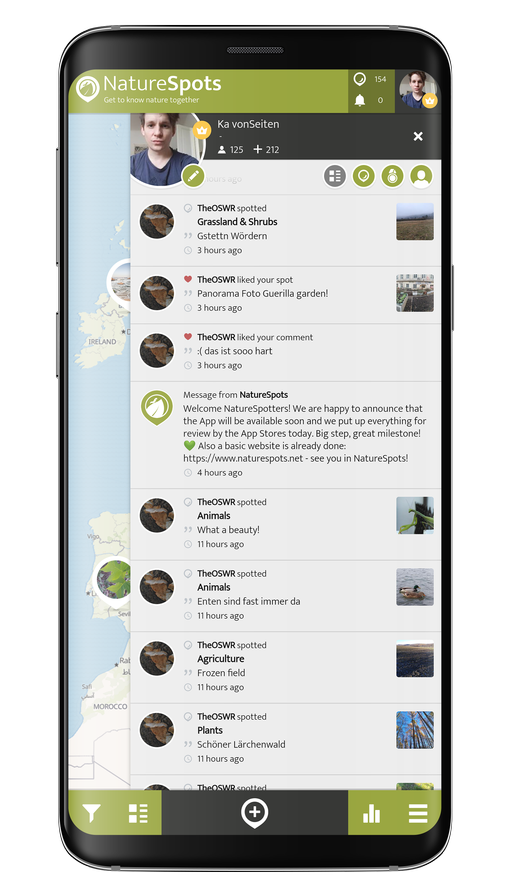

 A discovery by Dominik Essl in habitat Park on 08.06.2021. Syringa pubescens (Syringa pubescens) is a species of plant.
A discovery by Dominik Essl in habitat Park on 08.06.2021. Syringa pubescens (Syringa pubescens) is a species of plant.  A discovery by Danny VG in habitat Garden on 07.06.2021. Papilio machaon (Papilio machaon) is a species of insect.
A discovery by Danny VG in habitat Garden on 07.06.2021. Papilio machaon (Papilio machaon) is a species of insect. 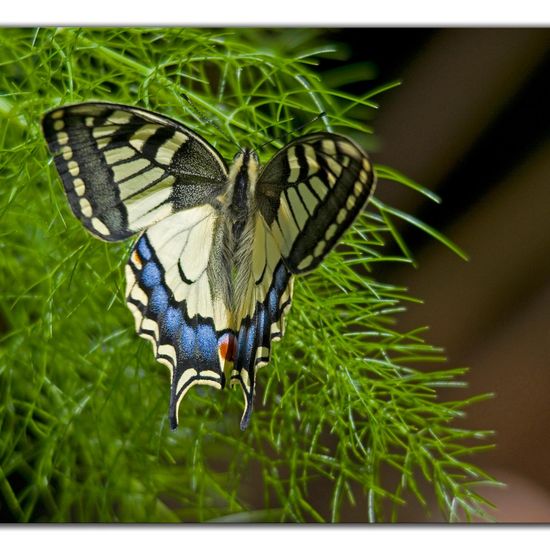 A discovery by Danny VG in habitat Garden on 07.06.2021. Papilio machaon (Papilio machaon) is a species of insect.
A discovery by Danny VG in habitat Garden on 07.06.2021. Papilio machaon (Papilio machaon) is a species of insect. 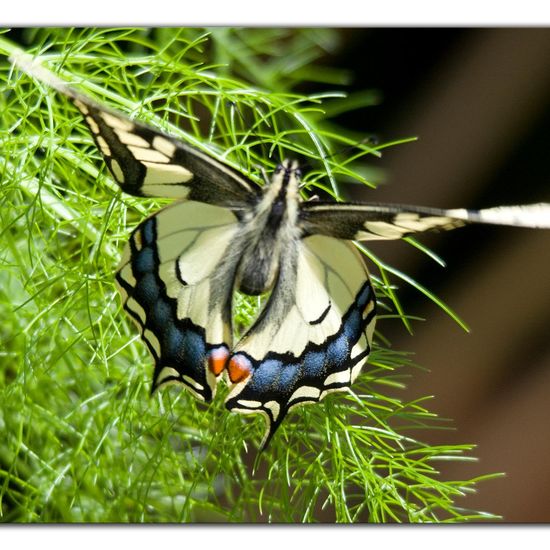 A discovery by Danny VG in habitat Garden on 07.06.2021. Papilio machaon (Papilio machaon) is a species of insect.
A discovery by Danny VG in habitat Garden on 07.06.2021. Papilio machaon (Papilio machaon) is a species of insect. 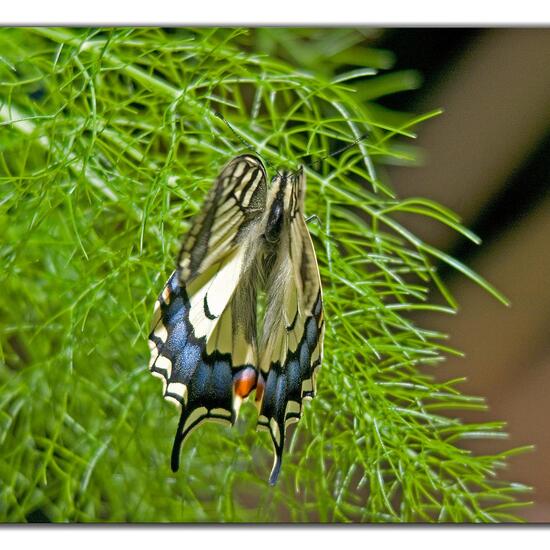 A discovery by Danny VG in habitat Garden on 07.06.2021. Papilio machaon (Papilio machaon) is a species of insect.
A discovery by Danny VG in habitat Garden on 07.06.2021. Papilio machaon (Papilio machaon) is a species of insect. 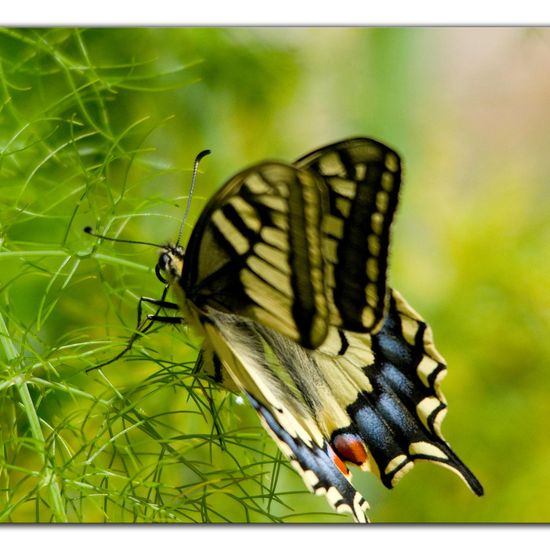 A discovery by Danny VG in habitat Garden on 07.06.2021. Papilio machaon (Papilio machaon) is a species of insect.
A discovery by Danny VG in habitat Garden on 07.06.2021. Papilio machaon (Papilio machaon) is a species of insect.  A discovery by Danny VG in habitat Garden on 07.06.2021. Papilio machaon (Papilio machaon) is a species of insect.
A discovery by Danny VG in habitat Garden on 07.06.2021. Papilio machaon (Papilio machaon) is a species of insect. 